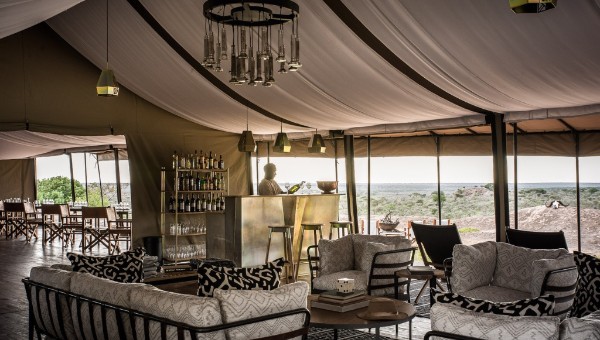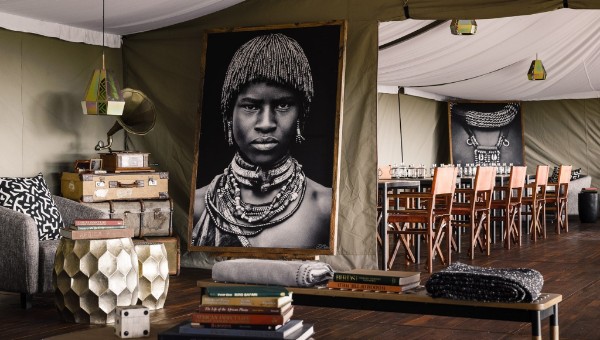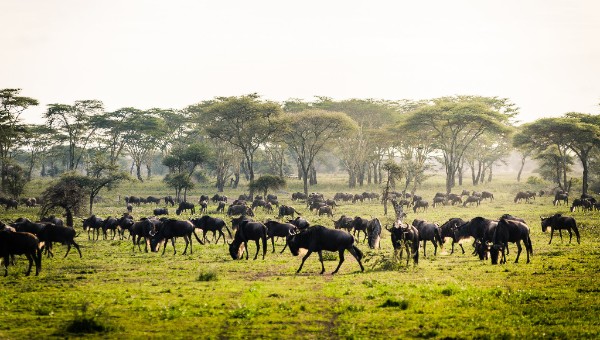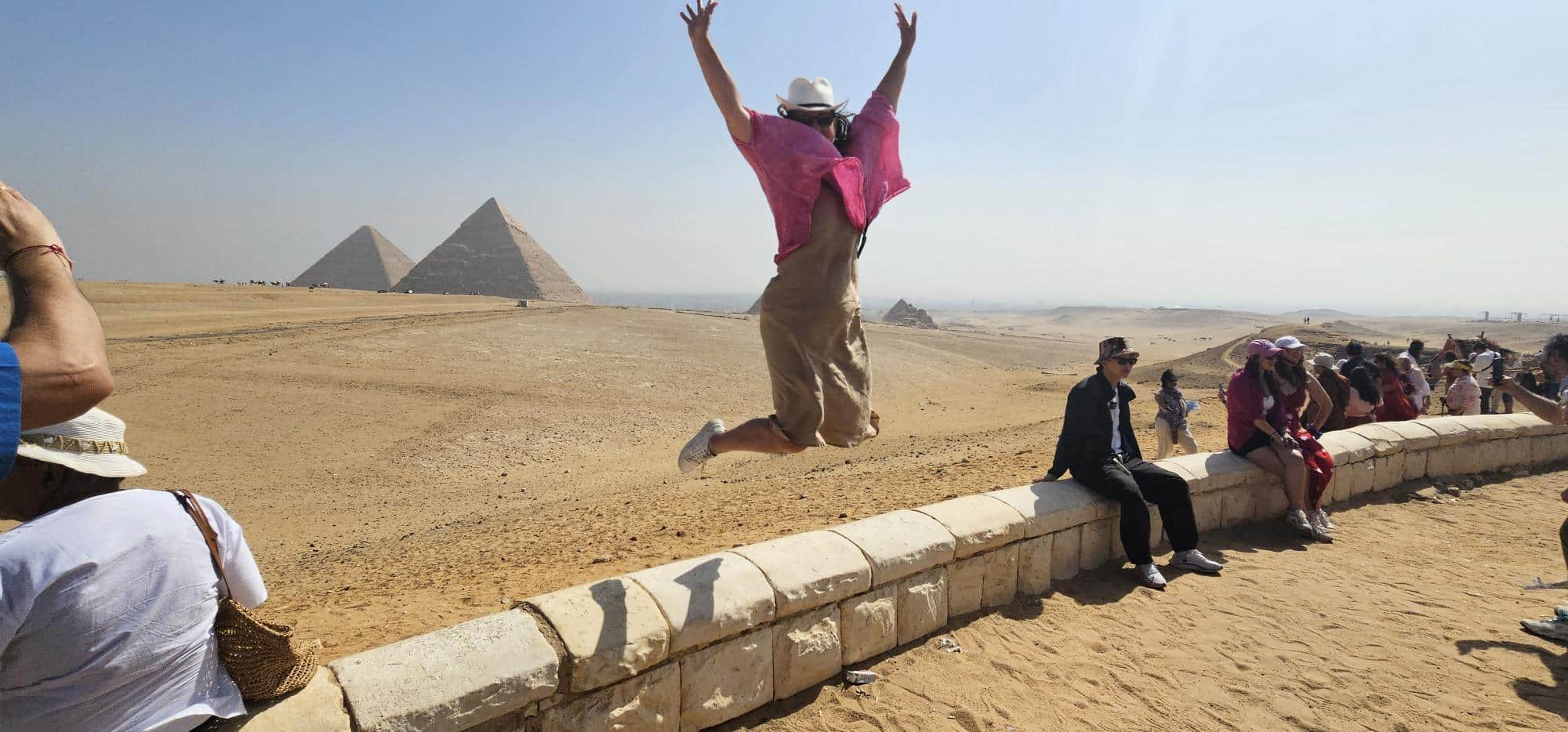Welcome to Sanctuary Kichakani Serengeti Camp in Tanzania’s Serengeti. It is a Serengeti Camp that’s mobile, moving between three different locations across the spectacular Serengeti following the great migration.
A professional photographer went up to capture the experience when camp opened.
What you can see in the photography are glimpses of evocative pioneering explorers of the 19th century with the support of modern comforts we all grow to want and sadly expect on a holiday even in the midst of the wilds of Africa.
Kichakani is Swahili for ‘in the bush’ and that is exactly what you will experience at this breathtaking camp.
Top Five Reasons to Stay
- Front row seats for the Wildebeest Migration safari
- Tented luxury Serengeti camp with comforts under canvas
- Great guides and vehicles for rewarding wildlife safaris in Serengeti
Other Incentives
Stay Longer, Pay Less in 2018 when we use Sanctuary Retreats’ properties in your itinerary.
- Stay 4 – 6 nights and save up to 30%
- Stay 7 + nights and save up to 40%
For more on Tanzania safaris, visit our Tanzania Safaris page.
Let’s Chat
Why visit the Serengeti National Park?
Good question, we get asked this a lot especially if people are thinking about Masai Mara or Serengeti.
The Serengeti and indeed Masai Mara share biospheres, so landscapes are similar. Wildlife is resident in both national parks so you will always see animals. It is just the famous annual wildebeest migration, with over one and a half million wildebeest and 250,000 zebra that move between the two national parks. More in Migration Safaris here.
Serengeti National Park is a UNESCO World Heritage site and covers around 9175 square kilometres of grassland plains, savannah as well as forest and woodlands. Of course the Serengeti is home to big five safaris just don’t expect it to be easy. Leopard are elusive, rhino are in small numbers found in remote areas. You are more likely to see Cheetah here and the quintessential Serengeti safari shot of cheetah on a termite mound.
You’ll also see Thomson’s and Grant’s gazelle, hyena, impala and the elusive African Wild Dog.





